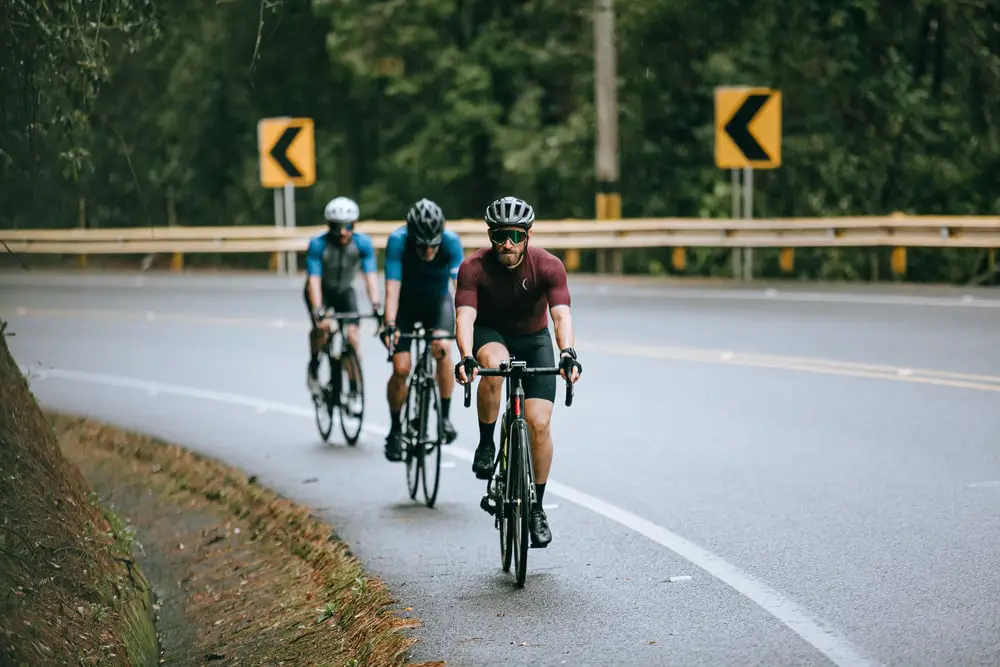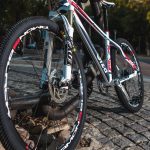Cross country mountain bike racing pushes riders to their limits over outdoor terrain. Races range from short tracks to ultra-endurance events covering hundreds of miles. Read on to learn about standard cross country race distances and how course design impacts overall event lengths.
Olympic Standard XC Races
The Olympic standard cross country mountain bike race covers 20-25 miles for male pros. Women ride slightly shorter races at 15-20 miles. Courses designed for Olympic competition aim to take around 1.5 hours for the fastest elite men to complete. The typical XC course includes climbs, descents, turns, and obstacles over one or two loops. Racers start in groups based on category, setting off at intervals to avoid pile-ups on narrow trails. Tactic plays a key role, as riders jockey for position before hitting singletrack where passing proves difficult. Olympic cross country mountain bike races offer a balance of endurance and intensity over terrain mimicking real trail conditions.
World Cup Trophy XC Races
Each stop on the UCI Mountain Bike World Cup series includes an elite cross country race ranging from 20-35 miles. Courses change for every venue but share characteristics like technical rock gardens, rooty steeps, and punchy short climbs. A combination of human-powered riding and gravity assistance means racers constantly transition between going all out and recovering. The goal remains covering the course in the shortest possible time. Endurance plays a key role, as riders push close to their lactate threshold for over 90 minutes of continuous hard effort. However, power for short surges matters just as much to attack the punchy bits. World Cup cross country mountain bike races represent the pinnacle for most XC pros.
Non-Olympic National Level XC Races
While some cross country mountain bike races serve as Olympic qualifiers, most take place outside of this umbrella. Typical national level cross country events run 25-45 miles. The longer distances allow for more extended climbs and technical terrain compared to condensed Olympic formats. Nationally sanctioned cross country MTB races also see more age group categories sharing the course together. Starts often cluster riders in waves by ability rather than running individual time trials. Mass start formats lead to more congestion on early singletrack sections. Racing tactically to avoid traffic jams proves critical. Overall course completion times range from 2-5 hours for top elite riders down through age group racers. National calendar cross country MTB races offer a step up in distance from Olympic XC without the ultra-endurance component.
East Coast Style XC Loop Races
East Coast cross country mountain bike races favor shorter lap-based formats. Race venues in dense forests lack extended point-to-point routes. Typical XC courses here cover 10-15 miles and take 45-90 minutes for fastest riders to finish. Tight turns, rooted terrain, and punchy rock gardens put a premium on handling skills over outright fitness. Races often utilize multiple short laps with pit areas for mechanical support and feeding. This style of XC racing encourages spectators to see riders multiple times per event. Lap-based East Coast races also allow lapped competitors to simply pull off course once the leaders catch them. The condensed format places priority on concentration over long duration pacing strategies. East Coast cross country mountain biking provides a contrast to marathon length western races.
Ultra-Endurance XC Stage Races
At the extreme end, ultra-endurance cross country mountain bike races push riders hundreds of miles over multiple consecutive days. The BC Bike Race covers 250 miles in a week, while the Breck Epic traverses 200 miles in six days. Both races tackle significant climbing every day, with the distance split into multiple stages. BC Bike Race offers more singletrack and faster terrain, while Breck Epic emphasizes technical skills with hike-a-bike pitches on high alpine trails. Either way, these events resemble backcountry bikepacking trips crammed into race format. Given their multi-hour daily distances, pacing and recovery prove more important than all out speed. Completing each daily stage ranks as the number one goal. Those with the consistency to repeatedly grind out 50+ mile rides finish strongest overall. For the hardiest few, ultra-endurance cross country MTB stage races represent the ultimate achievement in sport.
How Course Design Impacts Race Length
When considering cross country mountain bike race distances, course architecture makes all the difference. Available terrain and trail types limit options for short or long races. Tight East Coast forests favor compact loop formats under 20 miles. On the other hand, the wide spaces of Colorado or British Columbia enable point-to-point marathons covering over 50 miles. Climbing also plays a key role, with relentlessly steep venues compressing race distance due to slower speeds. Conversely, flatter cruiser courses allow for longer routes. Technical trail features like rock gardens and jumps further reduce average speed – and race distance – by forcing riders to pick lines instead of hammering. Finally, extended paved or gravel road sections enable longer cross country routes compared to singletrack-only alternatives. The combination of available terrain, climbing, technicality, and surface types all work together to dictate final race distance.
In the end, no “right” cross country mountain bike race distance exists. The needs of Olympians differ hugely from back-of-the-pack sport class riders. Regardless of category, course design based on venue trails determines mileage more than any competitive format. When choosing an event, understanding total distance and climbing enables each rider to pick the right challenge level for their current fitness and skills. As abilities improve, longer, harder events await. From national caliber pros to once-a-year charity ride entrants, memorable cross country mountain bike races come shaped by their trails. This landscape reflects the heart of the sport – an immersive cycling experience earned by determination as much as speed. For those seeking adventure beyond the racecourse, a sturdy cross country rig opens up endless possibilities to explore.






